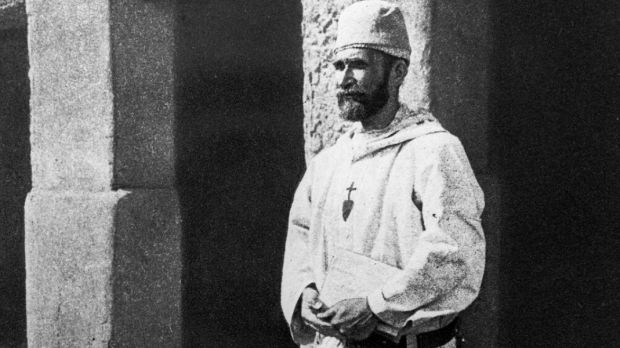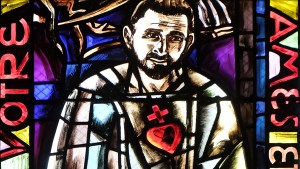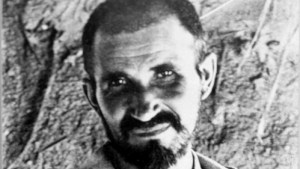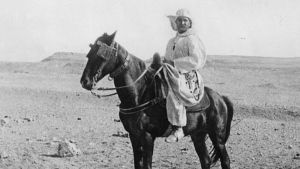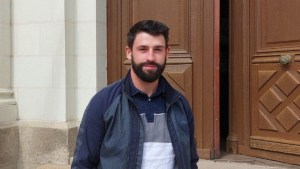St. Charles de Foucauld (1858-1916) left behind a large spiritual family. But the French hermit priest also had a biological family, 350 members of which will be present at his canonization on May 15, 2022, in Rome.
I.Media spoke with two of his relatives who shared with us about their connection to their extraordinary great-granduncle.
“I loved very tenderly those whom the good Lord had left me as a family… A family that made me happy… A beloved family,” wrote Charles de Foucauld who, as an orphan, was all the more aware of family ties.
The generations follow one another until Anne de Blic, who is today the great-granddaughter of Marie — Charles de Foucauld’s only sister — and the granddaughter of Charles de Blic, nephew and godson of the man everyone called “Uncle Charles.”
It was Anne who inherited the letters that the saint exchanged with his relatives. “There are about 300 letters; he wrote a lot,” she says.
Therein she discovered a “very precious” heritage. “Over time, as a link in a family chain, I have developed a deep attachment to our roots, which are exceptional through this man,” she says.
All of these letters, written between 1893 and 1916, were studied and published by the Little Brother of the Gospel Xavier Gufflet.
Anne de Blic is also the custodian of a certain number of objects that belonged to Charles and that may have been significant in his life, including a crucifix and the compass with which he left to explore Morocco. After entering the country (which was then forbidden to the French) disguised as a Jew, Charles de Foucauld drew the topography of the country. His book Reconnaissance au Maroc (“Reconnaissance in Morocco”), which he published upon his return, was a great success.
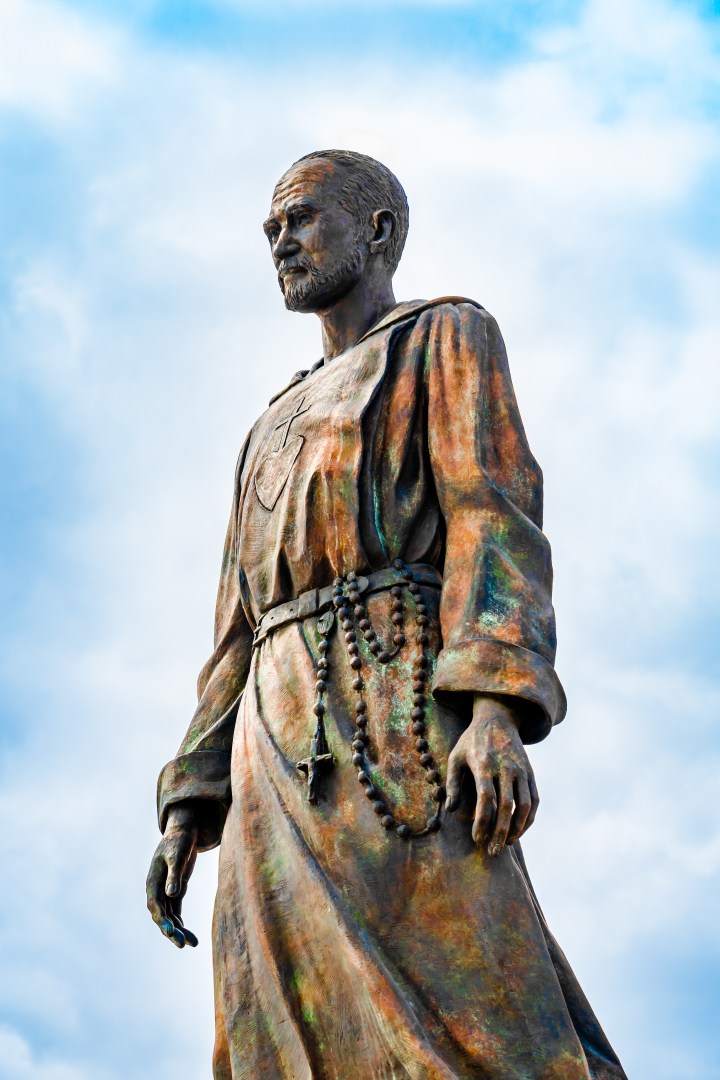
Charles de Foucauld’s prayer of abandonment
“I feel like I was born talking about Charles de Foucauld,” jokes Anne de Blic, who feels the “very strong presence” of her great-granduncle permeating the family. “One can feel a mixture of admiration,” she says, “with the awareness of having an incredible chance to be related to such a man. But there’s also the temptation to wonder if you’re going to live up to it… which is a dead end. Everyone is who they are.”
Anne de Blic feels particularly touched by his humility and his abandonment to God’s will. “For me, his prayer of abandonment is extraordinary. It goes very far on a spiritual and psychological level,” explains the psychotherapist. “When one is caught by a wave in the Atlantic Ocean, the ‘normal’ reaction is to fight against the current. But this is exhausting and you drown. On the contrary, if you let go, the current will bring you further to the shore. This is the symbol of trust and abandonment in the Faith, which Charles de Foucauld lived: not to panic in an ordeal, but to trust.”
A living spirituality
“Charles de Foucauld was someone we talked about. There were strong family ties,” recalls Damien de Blic, a lecturer in political science at Paris 8 University, who is himself related to the family of Raymond de Blic, husband of Marie and brother-in-law of Blessed Charles. “Marie spent a lot of time in my great-grandparents’ house in Grasse,” he says. “We had photographic plates in our house of Father de Foucauld. I received early on a Gospel that he had dedicated to my grandfather and that I still have at home. We also have his memento mori and epistolary exchanges.”
The academic became interested in the figure of Charles de Foucauld quite early. He says he’s especially inspired by the perpetuation of his work through the congregations founded on his spirituality. “In the course of my life, I have had the opportunity to discover the extraordinary work that these communities do,” continues Damien de Blic. “In particular, I met three brothers in the south of India in Tamil Nadu, very humble people who were doing a real work of inculturation of Christianity. They were performing a discreet but very important social service: they had succeeded in eliminating polio in their region. I also met three sisters living in the northern neighborhoods of Marseilles, who were exemplary followers of this spirituality.”
“For me,” he concludes, “Father de Foucauld is also this whole face of Christianity turned toward the poorest, often with a dimension of interreligious dialogue.”
A family box in Saint Peter’s Square
Some 350 members of the family, related in varying degrees, will be present in a reserved area at the canonization that Pope Francis will celebrate in St. Peter’s Square. Organized with the Little Sisters of Jesus located at Tre Fontane (Rome), the program includes a prayer vigil at the Church of St. Louis of the French on the evening of May 14 and a thanksgiving Mass at the Basilica of St. John Lateran on the morning of May 16, as well as a one-man show on the life of the soon-to-be saint.
For Anne de Blic, coordinator of the family gathering, the canonization of the “Universal Brother” is very relevant today. The hermit of Tamanrasset, who lived among the Tuaregs, “was very close to Muslims, but he did not want to convert them; he wanted to give the example of a Christian life turned towards God,” she underscores. This has “meaning for today.”
